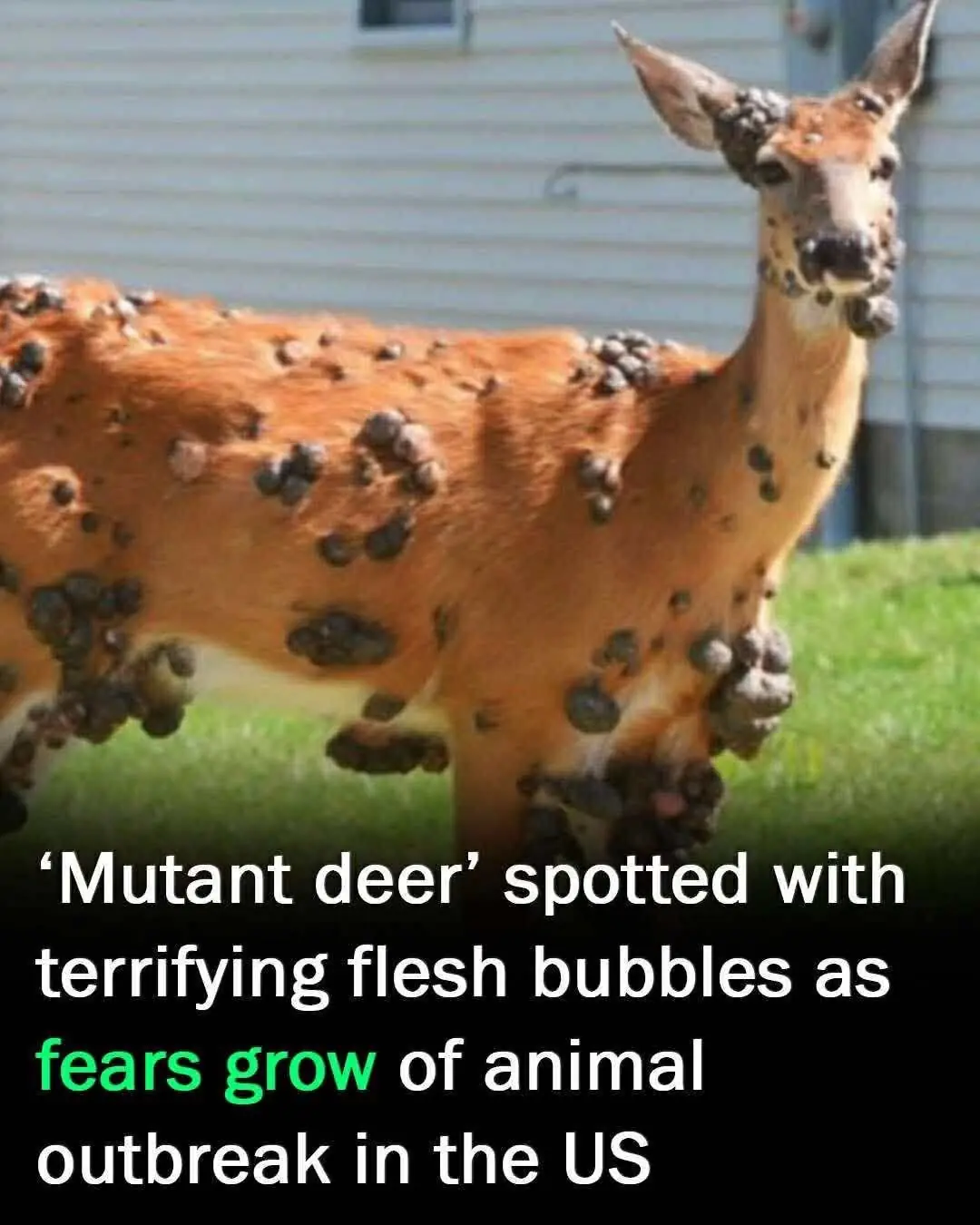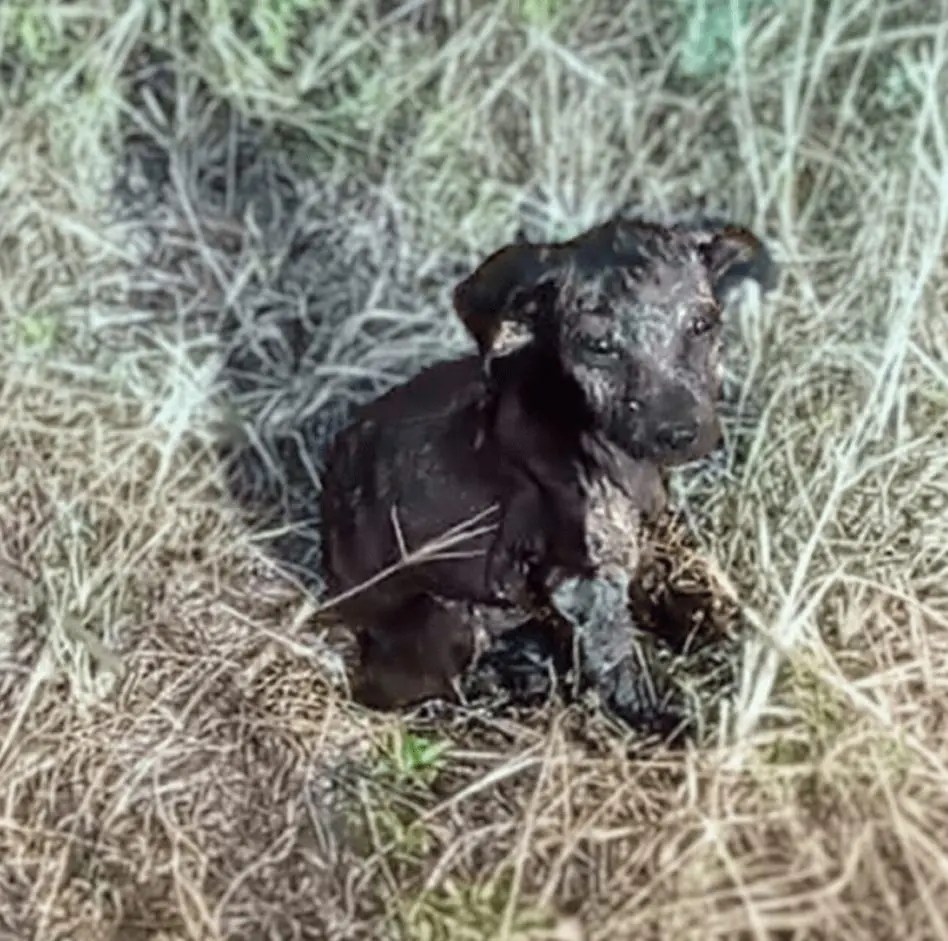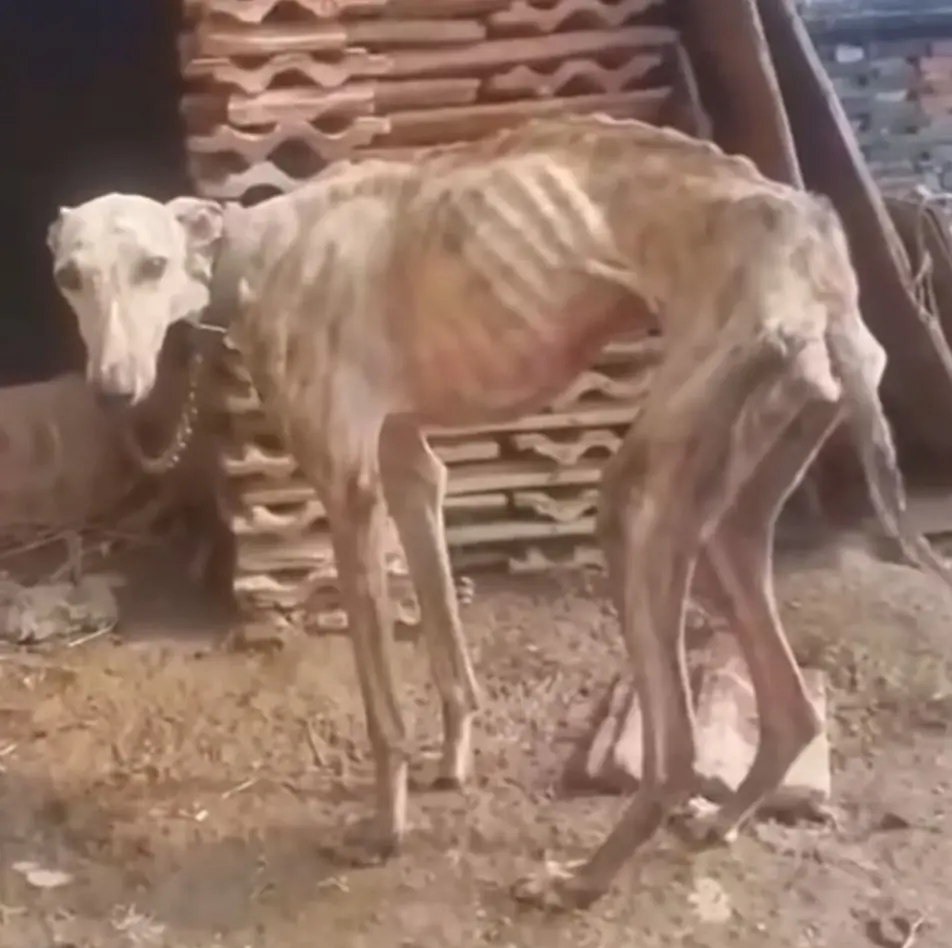
‘Mutant deer’ with bubble skin sparks outbreak fears in US
After recent reports of rabbits and squirrels developing tumor-like growths, similar deformities seen in deer across parts of the United States have raised fears of a potential outbreak.
Over the past several months, white-tailed deer with large wart-like growths have been photographed in states including New York, Pennsylvania, and Wisconsin. One Reddit user, sharing an image of a deer in Pennsylvania, asked: “But what is the growth? Is it a mole? A boil? An injury?”
What Is Causing the Growths?
According to wildlife officials, the unusual appearance is the result of a viral condition known as deer cutaneous fibroma, commonly referred to as “deer warts.” The disease is caused by a virus spread among deer populations throughout the U.S.
Transmission occurs primarily through disease-carrying insects such as mosquitoes and ticks, which transfer the virus when feeding on blood. Direct contact—such as rubbing against an infected deer or contaminated surface—can also spread the disease.
The virus belongs to the same broad family as papillomaviruses, which affect humans by targeting the skin and mucous membranes. However, experts emphasize that humans cannot contract deer warts directly. The greater concern lies in the ticks carried by deer, which can transmit illnesses like Lyme disease to people.
Climate Change and Disease Spread
Dr. Omer Awan of the University of Maryland School of Medicine told The Mail that environmental shifts may be contributing to the spread of tick-borne illnesses into new areas.
“These temperature changes are resulting in diseases that were never endemic in certain areas to become endemic,” Awan explained. “If you take a look at Lyme disease, for example, we’re starting to see it in places we never saw it before — including southern Canada and northern U.S. states such as Maine.”
Impact on Deer
The fibromas typically develop on a deer’s head, neck, and forelegs. While they are not painful, the growths can hinder basic functions such as eating, walking, or even seeing if they grow too large.
Fortunately, the condition is usually temporary. The fibromas often dry up and fall off naturally within a few months. One social media user noted: “This deer in my yard… [the warts] got worse, then three months later, they were gone.”
A Long-Standing Virus
Although the appearance of these growths has alarmed many who encounter them for the first time online, experts stress that deer cutaneous fibroma is not new. Records suggest the virus has circulated in U.S. deer populations since at least the 1950s.
Increased public awareness—driven by social media images—has simply brought a long-existing wildlife disease into sharper focus.
News in the same category


More people are dying from heart failure, doctors warn: give up these 4 habits now

Cat, who ran into burning building five times to save her babies, is honored

Study Finds Fathers’ Involvement Key to Boosting Children’s Academic Success

“Nobody noticed”: 9-year-old lived alone for 2 years, fed himself, and kept good grade

Bear Caesar is finally free after having spent years locked in a torture vest

Oxford Scientists Create “Superfood” to Save Honeybees From Collapse

Popular shampoo recalled over deadly bacteria risk

9-year-old dies after dental procedure

How Learning Music Shapes Young Minds

Bedtime Stories: A Simple Ritual With Lifelong Benefits

Chrysalis: Humanity’s 36-Mile-Long Generation Ship Concept to Reach Proxima Centauri

Cryonic preservation: 50 years later

A Dog’s Unfinished Dream of Happiness Finally Comes True

From Abandoned to Adored: Amber the Puppy’s Journey to Hope and a Fresh Start!

From Stray on the Streets to Shining Star: Sam’s Inspiring Recovery Journey

Chimpanzee has the sweetest reaction after seeing the sky for the first time after life of captivity

Researchers Explore Potential Dementia Risk Linked to Gabapentin

Shelter Dog Extends Paw Through Kennel Bars, Longing for Love and a Home
News Post

Even the flies thought he was dead – his amazing recovery will make you cry

More people are dying from heart failure, doctors warn: give up these 4 habits now

7 Powerful Fruits That May Help Prevent and Fight Cancer

The little girl who fights illness every day but never loses her smile

Restore Your Vision Naturally: A Simple Ginger and Lemon Recipe

What Really Happens When You Eat One Clove of Garlic a Day for 7 Days

Mix Coffee, Garlic, and Honey and You’ll Be Thankful

🦵 Hip Pain: What Does It Mean? Common Causes & When to Seek Help

Cat, who ran into burning building five times to save her babies, is honored

Most People Don’t Know What a Thumb Ring Means — Here’s the Hidden Meaning Behind the Gesture

Goodbye Swelling! 8 Collagen-Rich Vegetables You Must Eat for Stronger Legs and Joints

4 Nourishing Salad Bowls with Avocado & Eggs – Fresh, Simple, and Satisfying

The Cancer-Defying Leaf Doctors Rarely Talk About: Barbara O’Neill’s Secret Discovery

How to Make Guava Leaf Tea + 14 Benefits of Drinking It Daily

Japan's Oldest Doctor: Drinking Water Isn’t Enough After 60—Add THIS to Stay Muscular and Hydrated

8 Things Your Nails Are Warning You About Your Health

Homemade Aloe Vera and Rosemary Shampoo: A Natural Solution for Hair Growth, Hydration, and Strength

Shocked by the Results: My Bald Spot is Growing Hair Like Crazy and Not Falling Out!
